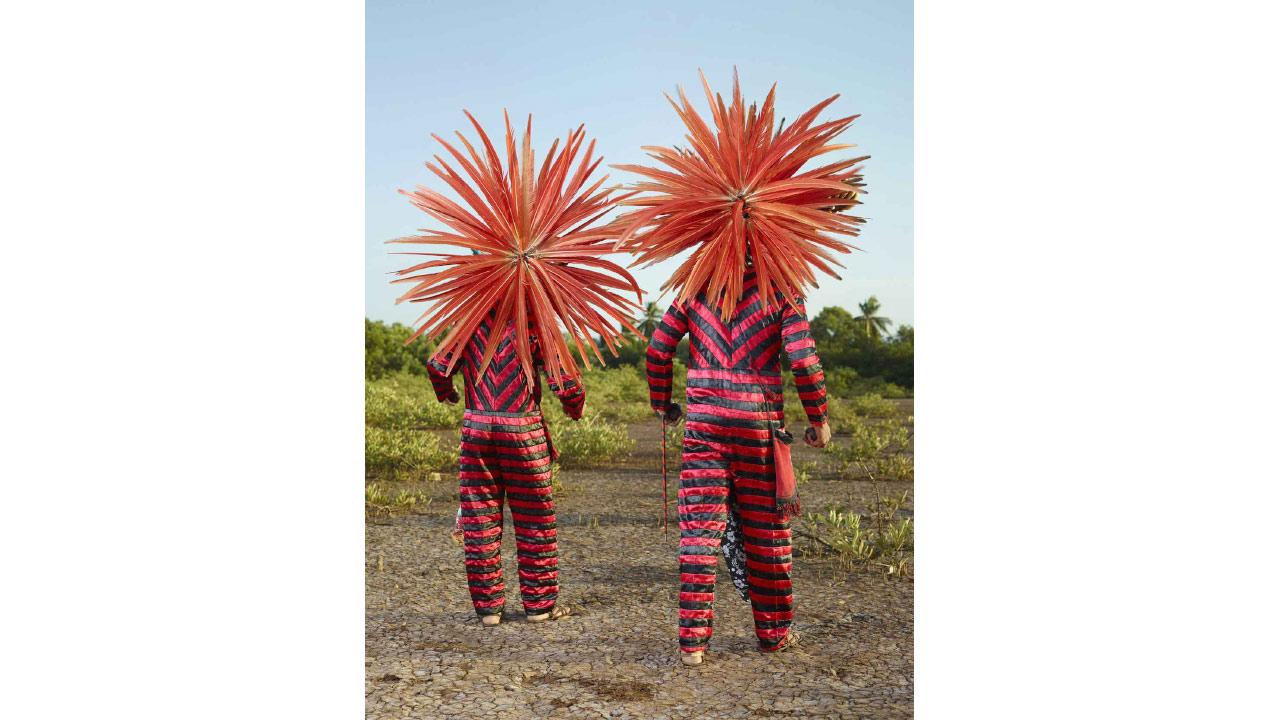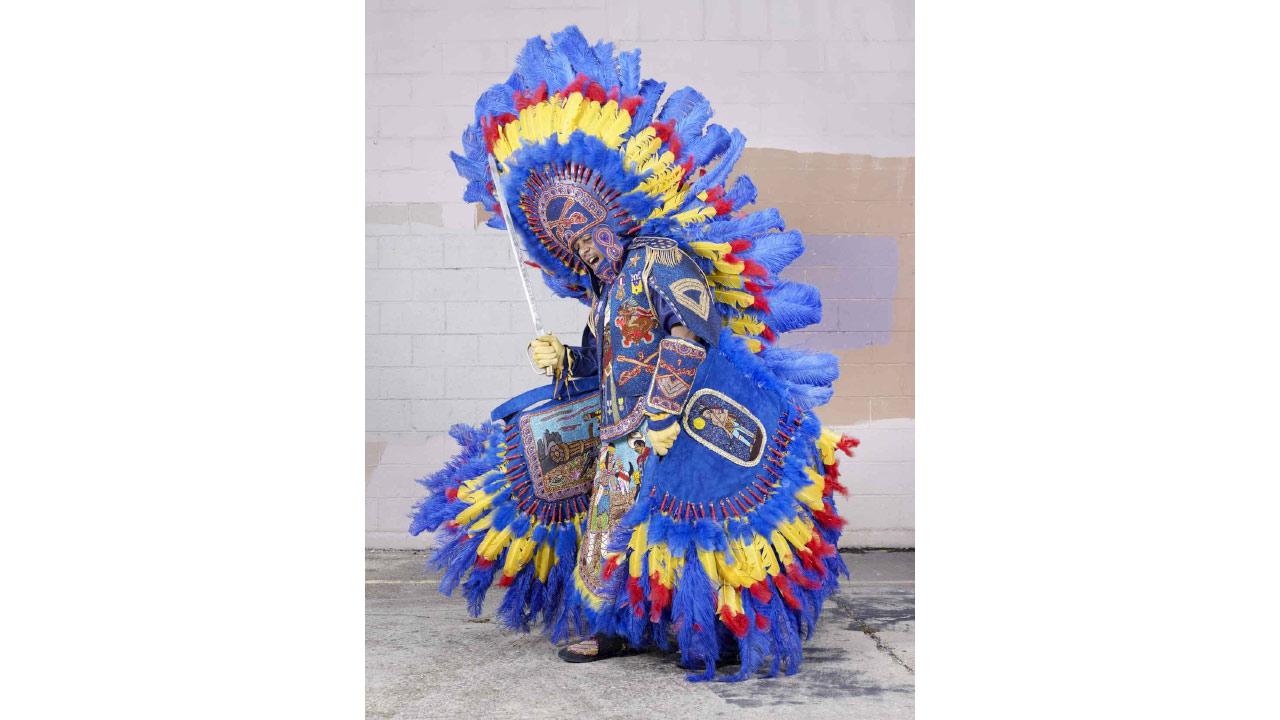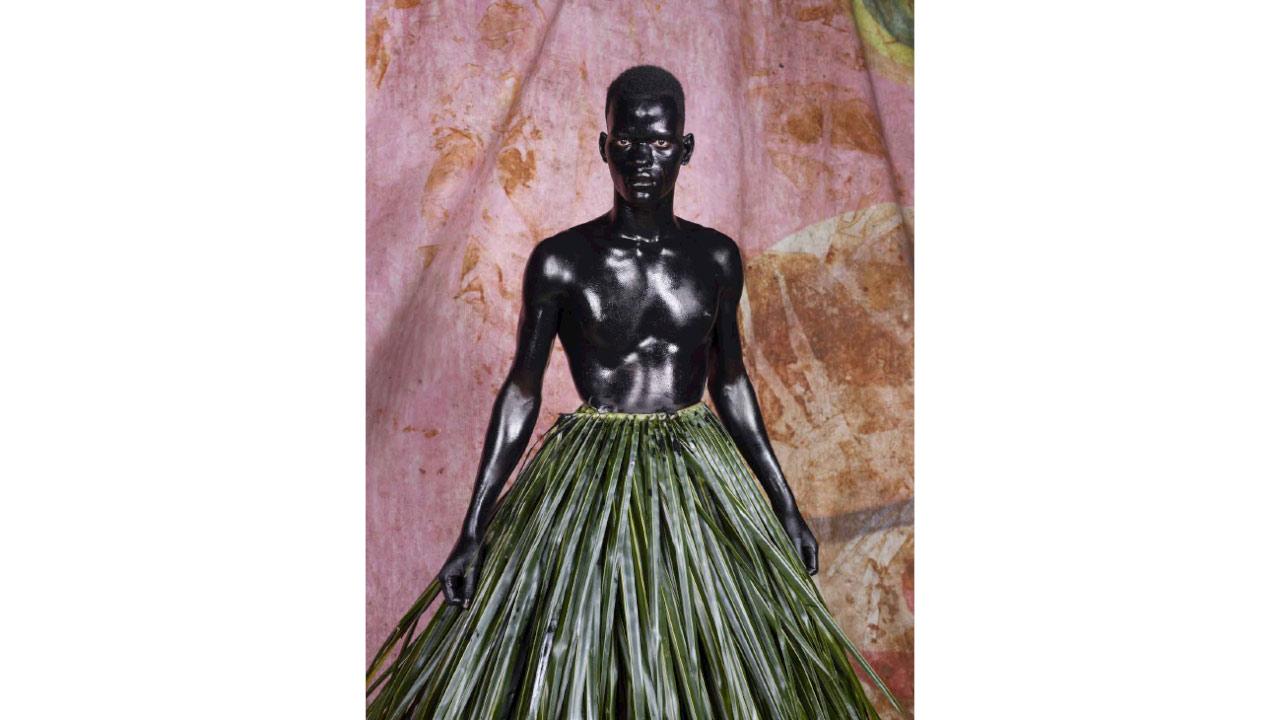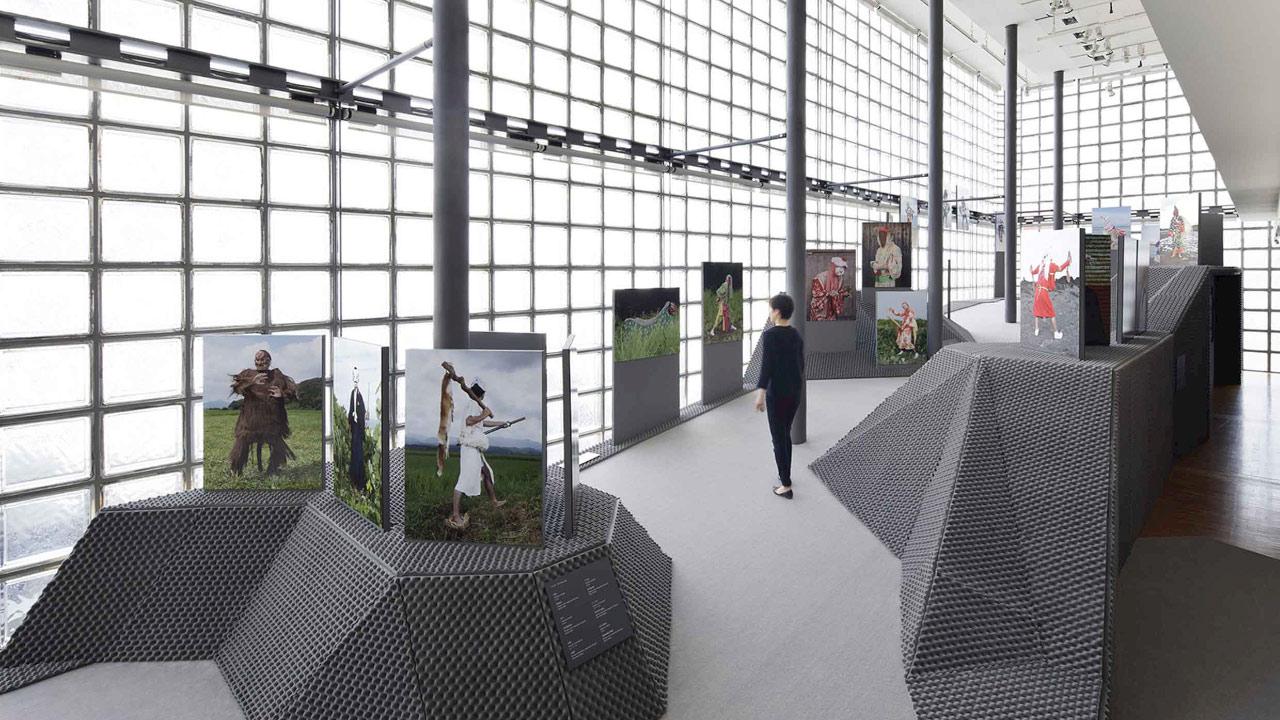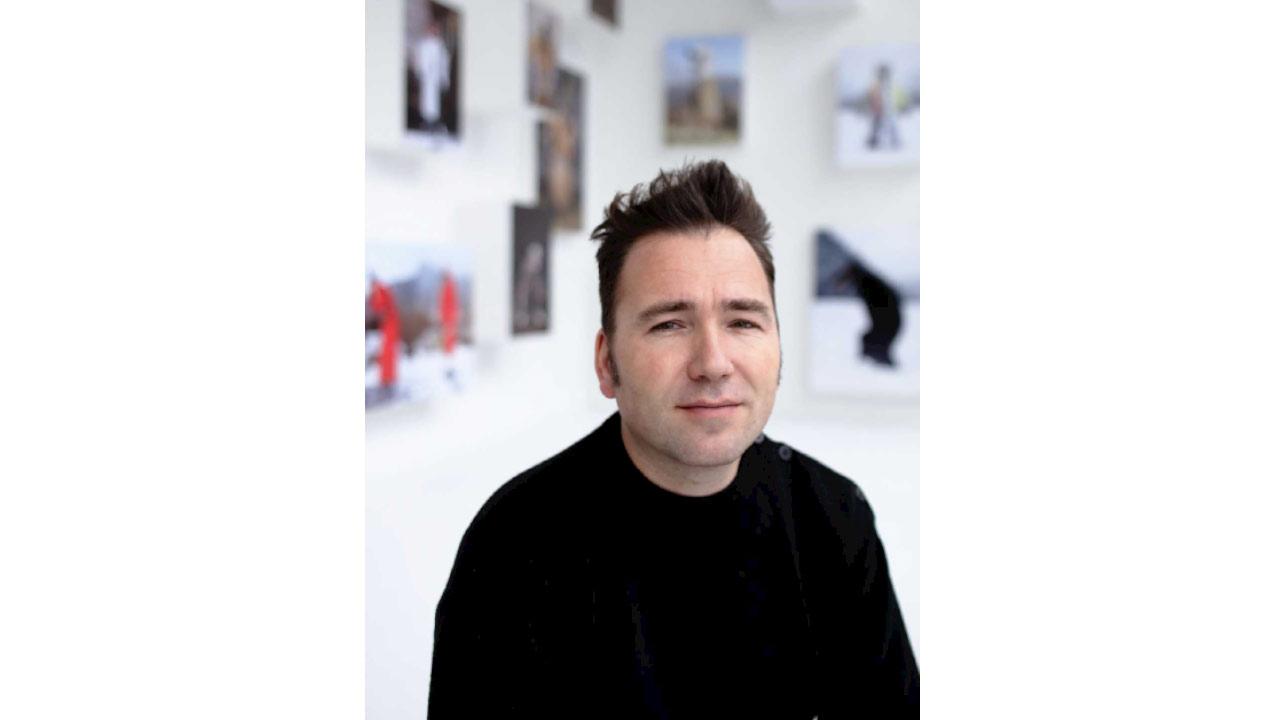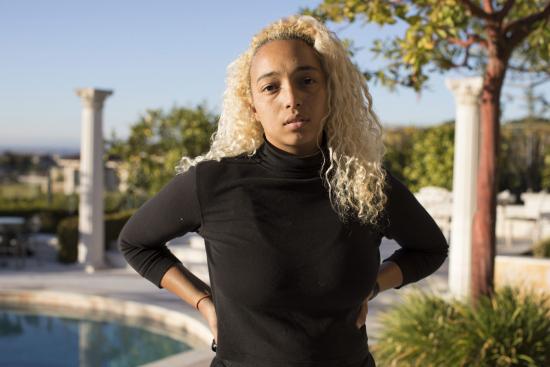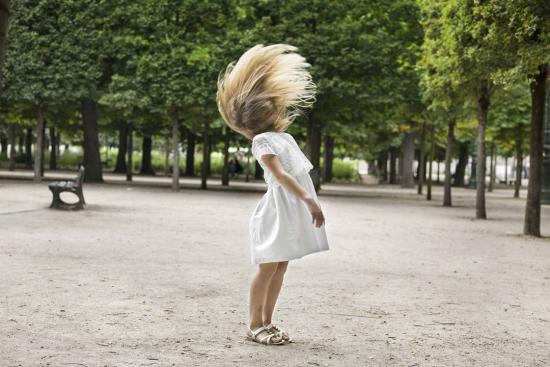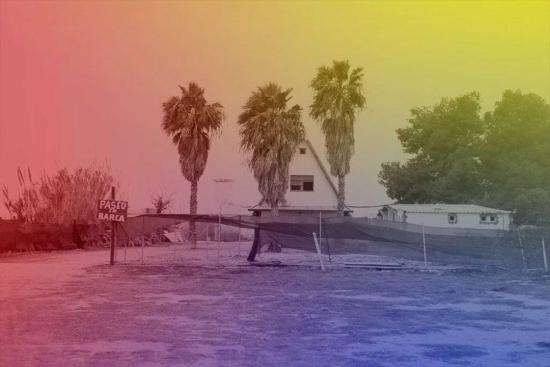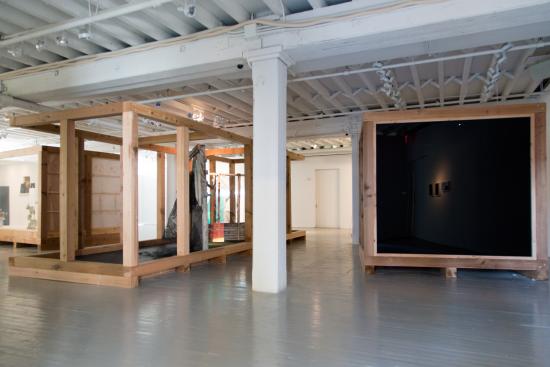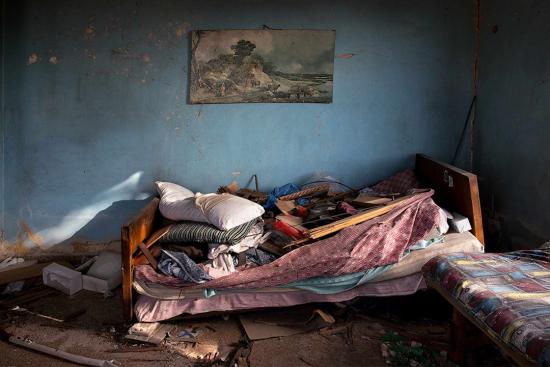Since 2010, Charles Fréger (b. 1975, France) has been exploring folk rituals and traditions across various cultures. His long-term photographic research project has taken him from winter masquerades on the European continent in Wilder Mann (2010-2011) to masked rites in Japan with Yokaînoshima (2013-2015). In 2019, a solo exhibition at the Château des Ducs de Bretagne in Nantes unveiled the third chapter of this ambitious series of portraits, which Fréger pursued in the Americas and the Caribbean between 2013 and 2018.
Travelling across a geographic space stretching from the southern United States to Brazil, Fréger drew up a non-exhaustive inventory of masked rituals performed by the descendants of African slaves. Entitled “Cimarron”, from the name given to fugitive slaves who founded new communities, this body of work explores the composite and diverse nature of Afro-Caribbean and African American cultures. Behind the array of different masked rituals and traditions photographed by Fréger move the ghosts of men and women aspiring to freedom. In this series, more than in any other, the masquerade embodies one community’s perception of another. The masks open up a space in which gestures and apparel become tools for an emancipatory restaging of the relationship between the oppressed and the oppressor.
In 2020, Charles Fréger embarked on a new series of work in India, supported by the Fondation d’entreprise Hermès. Entitled AAM AASTHA, it explores the embodiment of divinities from the Ramayana, one of the two great epic poems of Hinduism. Travelling through more than twenty states in the country, he has recorded the at-times spectacular personifications of divinities that appear in sacred dances and plays in temples, theatres or street festivals. Their representation varies from state to state and from people to people, and reveals a highly regimented social organisation: the playing of these roles is reserved for those from the lowest Hindu castes.
The Foundation’s long-term accompaniment of Charles Fréger in the pursuit of his work is one of the ways it supports contemporary photography outside the framework of the programme Immersion, a French-American Photography Commission and its exclusive patronage of the Prix Henri Cartier-Bresson. Following exhibitions of Wilder Mann in its spaces in Berne and New York, in 2012 and 2013 respectively, the Foundation also made possible the creation of the Yokaînoshima series in Japan. This latter body of work was subsequently exhibited in 2016 at Le Forum in Tokyo, and then at the Rencontres d’Arles that same year, again thanks to support from the Foundation. After accompanying the production of Cimarron and its presentation as a solo exhibition at the Château des Ducs de Bretagne in 2019, the Fondation d’entreprise Hermès has continued its close collaboration with Charles Fréger throughout his project AAM AASTHA, and is supporting the exhibition of the same name in Nantes in the second quarter of 2022, with eighty new images presented.
